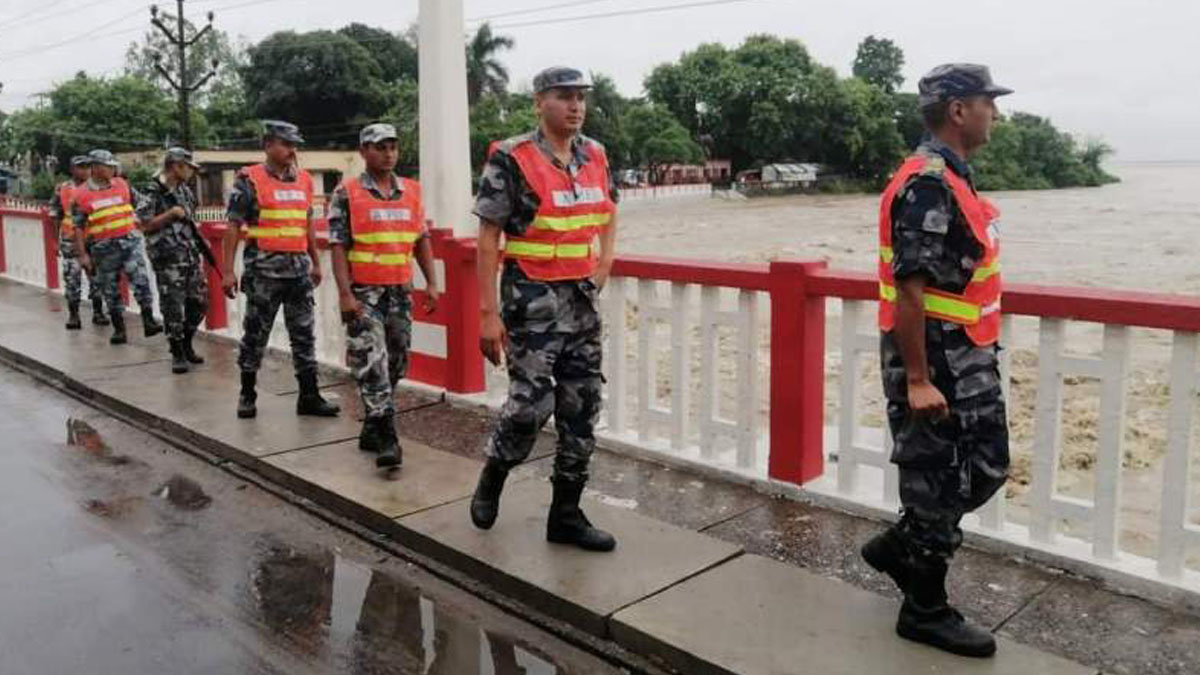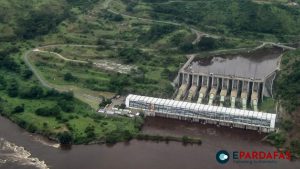
Saptakoshi River’s Rising Threat: Floods, Sand Accumulation, and Unmanaged Risks
The Saptakoshi River, Nepal’s largest waterway, shows its destructive side during the rainy season, bringing floods that devastate the surrounding areas. When heavy rains raise water levels in eastern hilly districts and major rivers, the Saptakoshi swells, drawing national attention due to the damage it inflicts on nearby settlements.
During the dry season, however, the river leaves behind vast sand deposits, creating visible sand islands. Locals note that the river’s bed has risen due to accumulated sand, pebbles, and other debris carried by floodwaters, leading to an increased risk of flooding. Sunsari and Saptari residents bear the brunt of this, as annual overflows have made life difficult for many.
The continued buildup of sand, mud, and soil has caused the riverbed to rise, creating the danger of the Saptakoshi inundating nearby settlements. Despite this persistent threat, proper management of the river’s growing accumulation of debris has not been implemented, raising concerns of future disasters.
Nepali Congress Inaruwa Vice President Pradip Dhakal criticized the lack of action, attributing the ongoing problem to the negligence of decision-makers. “The Saptakoshi, which stretches from Kanchenjunga in the east to the Lamtang Mountain in the west, is the largest river in Nepal. Its floodwaters have caused widespread devastation, yet attention to its management remains insufficient,” he remarked.
The Saptakoshi River, fed by tributaries such as the Sunkoshi, Dudhkoshi, and Arun rivers, has seen its depth decrease due to the accumulation of sand and silt. Local resident Dev Chandra Jha expressed concern that this has heightened the risk of flooding, while journalist and Koshi expert Baburam Karki emphasized that soil erosion in hilly regions has further contributed to the rising riverbed. “Even with moderate rainfall, the Saptakoshi threatens to breach its embankments,” Karki explained.
Locals like Bhim Karki of Barahkshetra echoed these concerns, pointing out that sand islands are forming in the river due to excessive sediment carried downstream. Despite repeated occurrences of this issue, he said, the government has yet to take action to clear the debris.
Lal Bahadur Limbu, vice-chair of the Saptakoshi Inundation, Erosion and Flood Victims Struggle Committee, warned that the river is now changing its course as it surpasses its natural borders. He called for immediate sand management to restore the river’s original state. Similarly, Netra Ghimire, another local, noted that while the river once handled 900,000 cusecs of water, it now poses a significant threat even with flows as low as 150,000 cusecs.
The issue, however, is complex. Pramod Poudel, liaison officer at Koshi Planning Biratnagar, explained that while the problem worsens each year, local authorities lack the power to take action. According to Poudel, Nepal’s role in managing the Koshi River is limited by the terms of a 1954 agreement between Nepal and India, which restricts Nepal to consultation and monitoring roles. As such, resolving the issue requires government-level intervention.
Last September, the Saptakoshi River’s flow reached an alarming 655,370 cusecs per second, reinforcing its reputation as a river that accumulates more sediment than even the Ganges in India. Despite its immense power, the mismanagement of the river’s debris continues to endanger the lives of those living in its vicinity.













Comments